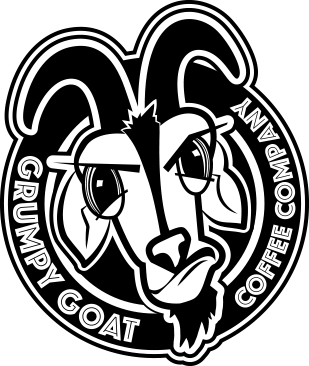Quest for the Perfect Cup of Coffee
 Although many people enjoy their daily ritual of drinking coffee how do you know if you are preparing and consuming it correctly?
Although many people enjoy their daily ritual of drinking coffee how do you know if you are preparing and consuming it correctly?
There are several factors that affect the quality and taste of your coffee. The primary ones are bean quality, water quality and equipment.
Follow this guide to become a more educated coffee consumer.
Bean Quality
The perfect cup of coffee starts with great beans and their traceability.
Major factors that separate good from great beans include the country and region of origin, roast type, grind texture, age and storage.
Traceability
Single origin: Coffee beans that comes from one specific region, co-op or farm.
Fair trade: Fair trade organizations (FTO) create trading partnerships that guarantees items considered “Fair Trade” come from farmers who are paid at least the established minimum price for coffee.
Organic: USDA organic coffee is verified by a USDA-accredited certifying agent before products can be labeled USDA organic.
Elevation: Gourmet coffee beans are typically grown at high altitude.
Roast type
Light: Beans are light brown in color, light body, with no oily surface. Light roasts typically contain the more fruity, citrusy flavor notes of a flavor profile.
Medium: Coffee that is typically a medium brown color once roasted. It maintains the fruity or citrus notes of a light roast but starts to take on the heavier notes of the flavor profile. Other names for it include American Roast and Breakfast Roast.
Dark: Coffee beans that are typically roasted 90-120 seconds longer than a medium roast. This is where the coffee will take on all of the heavier flavor profiles such as chocolate, toffee and cherry. This coffee varies in color from dark brown to black.
Grind Type & Texture
The size of the grind impacts the taste of your coffee. For example, if your coffee tastes bitter it may be ground too fine or if it tastes flat it may be ground too coarse. The optimal grind type is specific to your brewing preference:
French Press: produces coffee by steeping course grounds with hot water through a metal filter that is plunged with the grounds to the bottom of the vessel.
Auto Drip: uses a grind texture about half way between coarse and fine to extract flavor through the water’s contact with the coffee.
Keurig®: reusable pods for single serve systems call for grind texture similar to automatic drip.
Pour Over: involves pouring a thin and steady stream of water slowly over finely ground beans using a filter cone using a swan-neck kettle.
Espresso: produced when hot water is forced through fine coffee grounds via pressure.
Age
If you buy whole coffee beans, grind them as close to the brew time as possible to maximize the freshness. Fresh roasted coffee beans are the main difference to a quality brew. A good rule of thumb is to buy enough to use within one to two weeks.
Storage
The greatest enemies of coffee beans are air, moisture, heat and light. Avoid clear canisters which allow light to compromise the coffee. Keep your beans in a dark and cool location. Storing them in a freezer or refrigerator is not necessary. Invest in opaque storage canisters with an airtight seal and store at room temperature.
Water Quality
Water quality and temperature are both important to brewing the perfect cup of coffee. Use filtered or bottled water. Avoid the strong odor or tastes from tap water additives such as chlorine. If you are using tap water, let it run a few seconds before filling your coffee pot. Always use cold water. Avoid distilled or softened water. Use 1-2 tablespoons of ground coffee for every six ounces of water.
Your brewer should maintain a water temperature between 195 to 205 degrees Fahrenheit. When brewing coffee manually, let the water come to a full boil. Then turn off the heat source. Allow the water to rest a minute before pouring it over the grounds.
Equipment
Great coffee can come from any type of equipment from a simple pour over device to an expensive machine. No matter which you use, make sure your grinder and filters are rinsed well after every use. This will avoid build up of grounds which can alter the taste of the coffee.
Coffee is a very personal experience. No matter what your favorite bean or roast type, the principles behind brewing the perfect cup remain the same. Understanding the source, quality and age of coffee beans and whether any man-made alteration was made to their flavor are important to know before it goes into your body.


